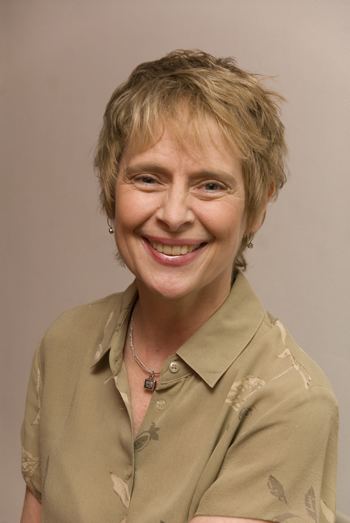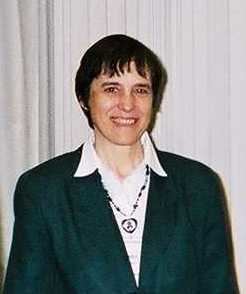Name Jean Taylor | Awards Noether Lecture | |
 | ||
Books Stroppy Dykes: Radical Lesbian Feminist Activism in Victoria During the 1980s | ||
Missy jean taylor you can let go now daddy crystal shawanda cover
Jean Ellen Taylor (born September 17, 1944) is an American mathematician who is currently a professor emerita at Rutgers University and visiting faculty at Courant Institute of Mathematical Sciences of New York University.
Contents
- Missy jean taylor you can let go now daddy crystal shawanda cover
- Biography
- Research
- Awards and honors
- Selected publications
- References

Biography

Taylor was born on September 17, 1944 in San Mateo, California; her father was a lawyer, her mother a schoolteacher, and she had two siblings. She did her undergraduate studies at Mount Holyoke College, graduating summa cum laude with an A.B. in 1966. She began her graduate studies in chemistry at the University of California, Berkeley, but after receiving an M.Sc. she switched to mathematics under the mentorship of S. S. Chern and then transferred to the University of Warwick and received a second M.Sc. in mathematics there. She completed a doctorate in 1972 from Princeton University under the supervision of Frederick J. Almgren, Jr.
Taylor joined the Rutgers faculty in 1973, and retired in 2002. She was president of the Association for Women in Mathematics from 1999 to 2001.
She has been married three times, to mathematician John Guckenheimer (her fellow student at Berkeley), to her advisor Fred Almgren (with whom she had a daughter and two step-children), and to financier and science advocate William T. Golden.
Research
Taylor is known for her work on the mathematics of soap bubbles and of the growth of crystals. In 1976 she published the first proof of Plateau's laws, a description of the shapes formed by soap bubble clusters that had been formulated without proof in the 19th century by Joseph Plateau.
Awards and honors
Taylor is a fellow of the American Academy of Arts and Sciences, the American Association for the Advancement of Science, the Association for Women in Mathematics, the American Mathematical Society and the Society for Industrial and Applied Mathematics. In 2001, she received an honorary doctorate from Mount Holyoke.
